Are you feeling overwhelmed about packing your fragile items for a move? You're not alone. Many people worry about safely transporting their delicate belongings. This guide is tailored to ease your concerns, offering expert advice on how to pack fragile items effectively. We'll walk you through each step, ensuring your treasured possessions arrive in perfect condition.
Mastering How to Pack Fragile Items
Moving can be an emotional rollercoaster, and knowing how to pack fragile items adds an extra layer of stress. Whether it's your grandmother's china or a decorative lamp, the worry about their safety is real. We're here to guide you through this process with effective strategies on how to pack fragile items, ensuring a worry-free move.
Picture this: you're unpacking after a move, and you find your cherished vase shattered. Despite your best efforts in wrapping, it couldn't withstand the trip. This scenario is all too common, highlighting the crucial need to know how to pack fragile items correctly.
Imagine a different outcome: you're unpacking, and every fragile item, from delicate glassware to sentimental sculptures, is just as you packed it. Achieving this success isn't just a dream—it's a reality when you master how to pack fragile items properly.
Identifying Fragile Items
Properly identifying fragile items is vital for their safe transport during a move. Knowing which items require special care helps in applying the right packing techniques. Here’s an expanded list of common fragile items and their specific packing needs:
- Glassware: Items like glasses, wine goblets, and crystal decanters are highly breakable. They demand meticulous handling, as they can shatter easily.
- Lamps: Lamps, especially those with glass shades or intricate details, are fragile and susceptible to damage. The mixed materials in lamps (glass, metal, fabric) necessitate a diverse packing strategy.
- China: Fine china, including plates, bowls, and serving dishes, is prone to chipping and cracking.
- Artwork: Paintings, sculptures, and delicate frames are irreplaceable and sensitive to movement and environmental changes. Use Home Depot’s packing tips to save your most precious piece.
- Electronics: Devices like televisions, computers, and stereo equipment are not only expensive but also prone to damage from impacts and vibrations.
- Musical Instruments: Instruments, whether a grand piano or a delicate violin, require special attention due to their intricate construction and sensitivity to temperature changes.
- Mirrors and Picture Frames: These items are easily breakable and need to be packed with extreme care. Wrap in bubble wrap and secure in flat, padded boxes.
- Collectibles and Antiques: These items often have more than just monetary value; they hold memories and history.
Step-by-Step Guide on How to Pack Fragile Items
Once you have identified your fragile items, the next crucial step is to pack them correctly. This ensures not only the physical safety of these items but also preserves their sentimental and historical value. Follow these expert tips for a foolproof approach to packing fragile belongings:
1. Select Appropriate Packing Materials
The first step in learning how to pack fragile items effectively involves choosing the right materials. Your choice of materials can significantly impact the safety of your fragile belongings during the move. Let’s delve into what you’ll need and why each item is essential:

Sturdy Boxes
Opt for boxes that are strong and size-appropriate for the items you're packing. A box that's too large can lead to items shifting, while one that's too small might cause compression damage. Look for boxes with double-walled construction for added strength and durability. A top choice for sturdy moving boxes is the Bankers Box SmoothMove Classic Moving Boxes.
Bubble Wrap
Its air-filled bubbles provide excellent cushioning and shock absorption, protecting your items from the jolts and bumps of transportation. Wrap individual items in bubble wrap, ensuring all sides are covered and protected. For bubble wrap, the Duck Brand Bubble Wrap Roll is highly recommended.
Packing Paper
Soft packing paper is ideal for wrapping your items and filling any gaps within the box. This helps prevent movement and provides an additional layer of protection. It's especially useful for wrapping oddly shaped items or for providing a soft layer between stacked items. This is a great option for packing paper.
Packing Tape
High-quality packing tape is essential for securing your boxes and ensuring they remain closed and intact during the move. Use it to seal box seams and to reinforce the bottom and top flaps for added stability.
Markers
Clearly labeling your boxes as ‘Fragile’ with a marker is crucial. This alerts anyone handling the boxes to do so with extra care. It’s a simple yet effective way to communicate the need for gentle handling during the move.
Glass Packs
For glassware and other particularly delicate items, consider using glass packs. These specialized dividers fit inside your boxes, creating individual compartments for each item. They provide structure and prevent glasses and similar items from knocking into each other during transit.
2. Prepare Fragile Items for The Move
When it comes to moving, knowing how to pack fragile items is essential for ensuring their safety and integrity during transit. Fragile items require special attention and care, not just in the way they are packed, but also in how they are prepared for packing.
By following these guidelines, you can significantly reduce the risk of damage to your most precious and breakable belongings.

- Cleaning and Drying: Clean each fragile item to remove dust and residue. Ensure they are completely dry to prevent damage or mold growth during the move.
- Disassembling When Applicable: Carefully disassemble items that can be broken down, like certain lamps or decorative pieces. This reduces the risk of damage and makes them easier to pack and transport.
- Securing Loose Parts: For items with movable parts, such as clock pendulums or chandelier arms, secure these elements with soft padding or gentle ties to prevent movement and potential damage.
- Stuffing Hollow Items: Fill the interiors of hollow items like vases or jars with soft packing paper. This internal support helps prevent cracking or shattering.
- Wrapping Individual Items: Wrap each item individually, starting with soft packing paper and then bubble wrap for added protection. Make sure all sides, edges, and corners are thoroughly covered.
- Labeling for Identification: Plan a labeling system for the boxes that will contain these items. Simple descriptions like 'Fragile - Glassware' or 'Fragile - Porcelain' can be very helpful for safe handling and unpacking.
3. Prepare the Box
The box you choose and how you prepare it plays a critical role in the safety of your fragile items during the move. A well-prepped box can be the difference between your items arriving intact or damaged. Here’s a detailed approach to preparing your box effectively:
- Tape Reinforcement: Strengthen the bottom of the box with strong packing tape to prevent collapse and add structural integrity.
- Selecting the Right Box Type: Use double-walled boxes for better protection and strength, as they offer a cushioning buffer against impacts.
- Creating Individual Compartments: Make compartments within the box using cardboard dividers or padding to prevent items from moving and colliding.
- Inspect for Damage: Before using a box, inspect it for any signs of wear, tear, or weakness, ensuring it's in good condition to hold your items safely.
- Seal Top Edges: Secure the top edges of the box with tape after packing, to prevent accidental opening during handling and transport. Check out this tutorial for a visual on the best way to tape a package.
4. Strategically Pack Your Boxes
Packing your boxes correctly is a crucial step in ensuring the safety of your fragile items during a move. It's not just about fitting everything in; it's about arranging them strategically to minimize damage. Here’s an in-depth look at how to pack your boxes with fragile items:

- Layering: Begin by placing the heaviest items at the bottom of the box. This creates a stable base and prevents lighter, more delicate items from being crushed.
- Spacing: Proper spacing is essential to prevent movement inside the box. Each item should be snug but not overly compressed. Loosely fitted item are more likely to move around and potentially collide, which increases the risk of damage.
- Filling Gaps: Utilize crumpled packing paper or soft foam to fill any voids within the box. This step is vital as it prevents items from shifting and absorbing shocks during transit. Pay special attention to the gaps at the corners and along the sides of the box.
- Securing Delicate Parts: If you’re packing items with protruding parts or delicate features (like the handles of a mug), ensure these are adequately protected and supported. You might need to add extra padding around these areas to keep them safe.
- Creating Levels: For boxes containing a mix of items, create levels using cardboard sheets or thin foam boards. This provides a flat surface for the next layer of items and adds structural support to the box.
- Avoid Overpacking: While it's important to utilize space efficiently, overpacking a box can put undue pressure on the items inside. Ensure the box can be closed comfortably without forcing the flaps down.
- Top-Off with Padding: Once all items are in, add a final layer of padding on the top before closing the box. This helps absorb any impacts that may come from the top and keeps the contents securely in place.
Additional Considerations for Packing Fragile Items
When considering additional steps for packing fragile items, it's essential to think creatively and cover all aspects that could affect their safety during the move. Here are some innovative and often overlooked considerations:

- Climate Control: If you're moving items sensitive to temperature or humidity, like antique wood or certain electronics, consider using climate-controlled transportation or storage.
- Inventory Documentation: Take photos and make a detailed inventory of your fragile items before packing. This documentation can be invaluable for insurance purposes in case of damage.
- Weight Distribution in the Moving Vehicle: Ensure that the weight in the moving vehicle is evenly distributed. This prevents any undue pressure on boxes containing fragile items and reduces the risk of shifting during transit.
- Emergency Access: Pack a small emergency kit with extra packing materials, tape, and a marker. This allows for quick repacking or additional cushioning if needed during the move.
- Avoid Stacking Fragile Boxes: When loading the vehicle, avoid stacking boxes containing fragile items. Even if they are well-packed, the weight from above can cause damage.
- Custom Crating for High-Value Items: For extremely valuable or irreplaceable items, consider having custom crates built. These provide the highest level of protection during a move.
- Consultation with Experts: If unsure about how to pack a particular item, consult with moving experts or conservators, especially for artwork, antiques, or unique electronics.
Why Reputation Movers is Your Go-To Choice for Moving Fragile Treasures
Moving is a journey filled with memories and emotions, especially when it involves items close to your heart. We're here to ensure that every piece of your life's story arrives safely, ready to begin its next chapter in your new home. Let's make this move together – safely, joyfully, and with the care you deserve.
Here's why partnering with Reputation Movers feels like having a friend in the moving business:

Handling Your Treasures with Care
Think of us as the guardians of your memories. Whether it's your grandmother's china set or that quirky lamp you bought on your first vacation, we treat each item with the care it deserves. Our team is not just trained; they're passionate about ensuring every piece of your history arrives safely.
Packing That Feels Personal
Every item has a story, and we pack it as if it were our own. Using the best materials and techniques, we tailor our approach to suit each unique item. Bubble wrap, sturdy boxes, and a gentle touch are just the start of how we safeguard your belongings.
A Moving Experience That's Actually Enjoyable
Imagine a move where you can actually breathe easy. That's what we aim for. From the first box to the last, we handle the details, so you don't have to. It's not just about moving things; it's about moving your life with ease and care.
Customer Service That Feels Like Family
Ever wished for a moving team that listens, understands, and responds like a friend? That's us. Our commitment to your happiness shines through in every interaction. We're here to make your move smooth, answering every question with a smile and a solution.
Timeliness and Trustworthiness
We respect your time as much as we respect your belongings. Punctuality and reliability aren't just policies; they're our promises to you. When we say we'll be there, we mean it, because we know how important every minute is on moving day.
A Legacy of Love for Moving
With over 30 years in the moving world, our experience is more than just a number. It's a collection of stories, smiles, and successful moves. We've built our reputation not just on moving items, but on moving hearts.
The Personal Touch of Our Owner
There's something reassuring about knowing the owner is personally involved. It's a sign of commitment and care that runs deep in our company's veins. Every move, every item, gets the attention it deserves.
Hearing It from Those Who've Moved with Us
Our clients are our biggest advocates. Their repeat trust and positive words are our badges of honor. They've felt the difference of moving with us, and their experiences are what we strive to replicate for you.
.webp)
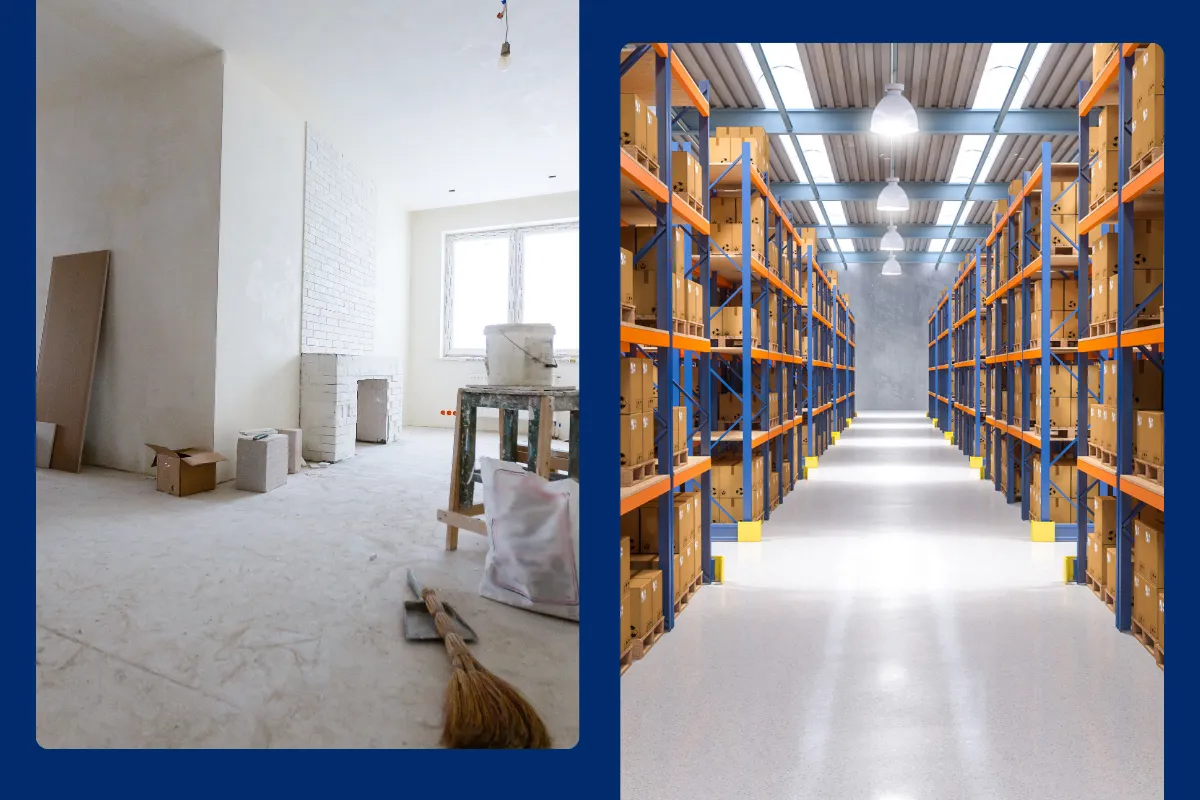
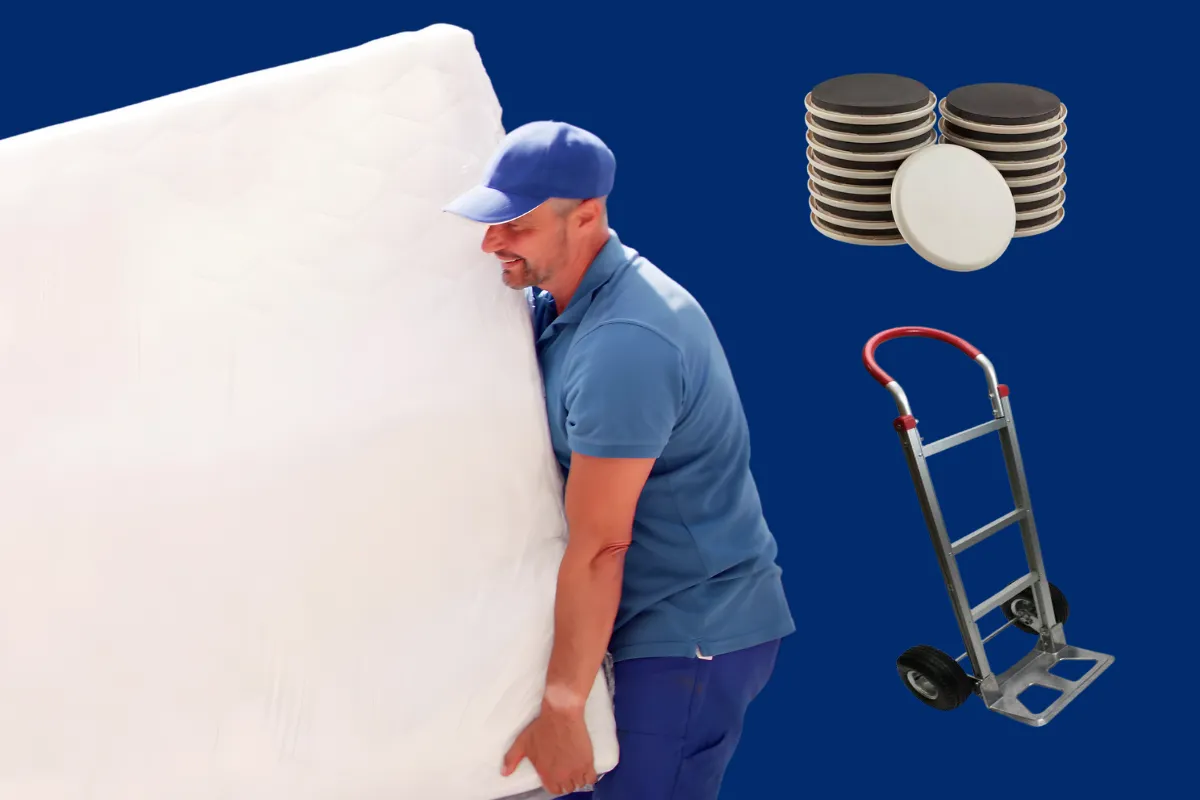
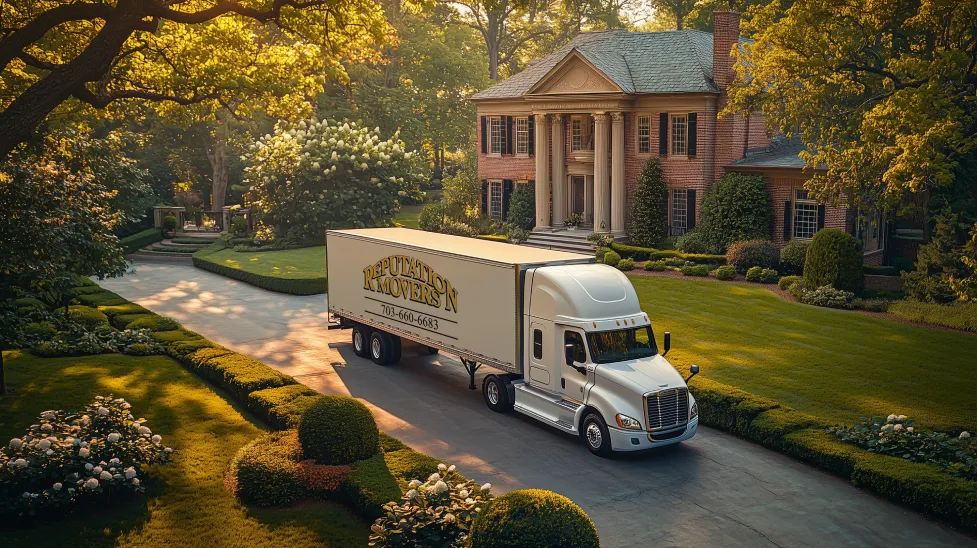



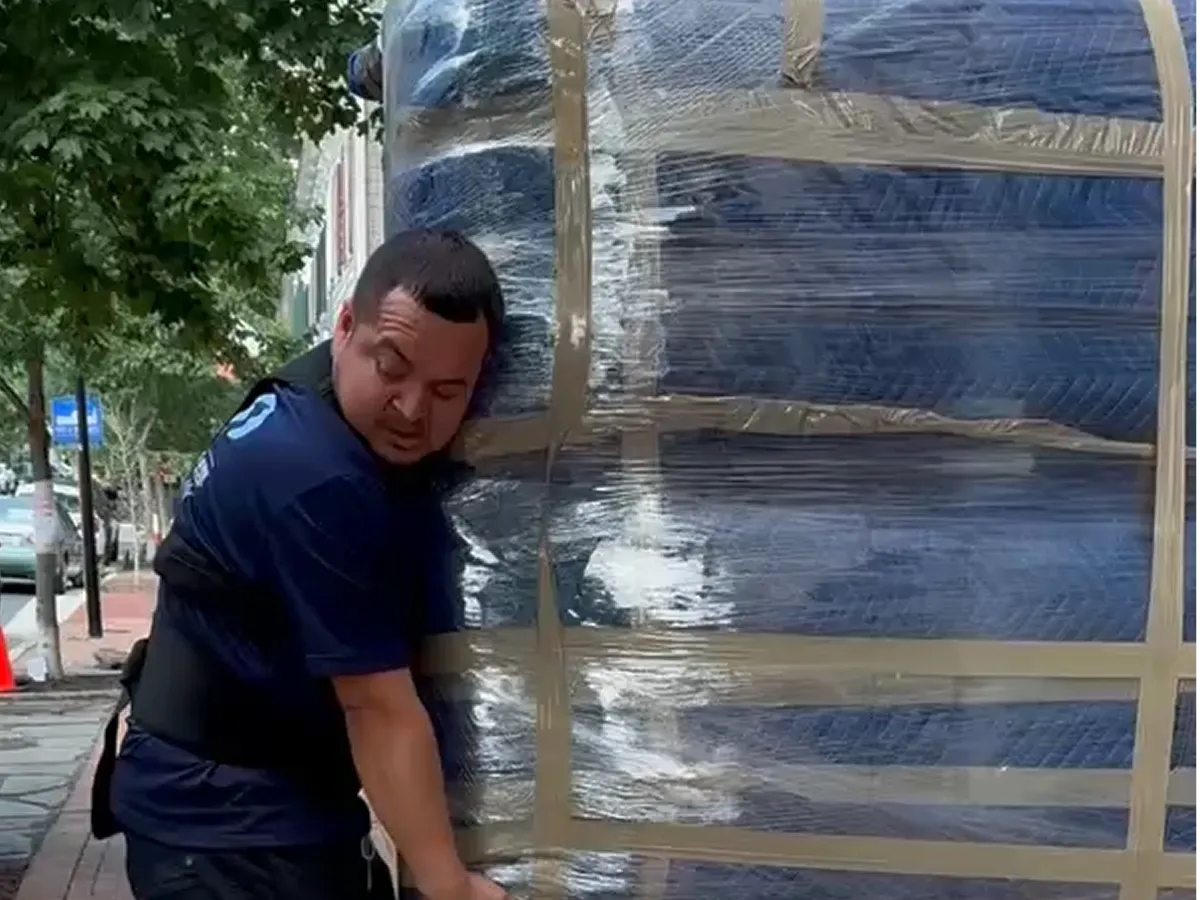
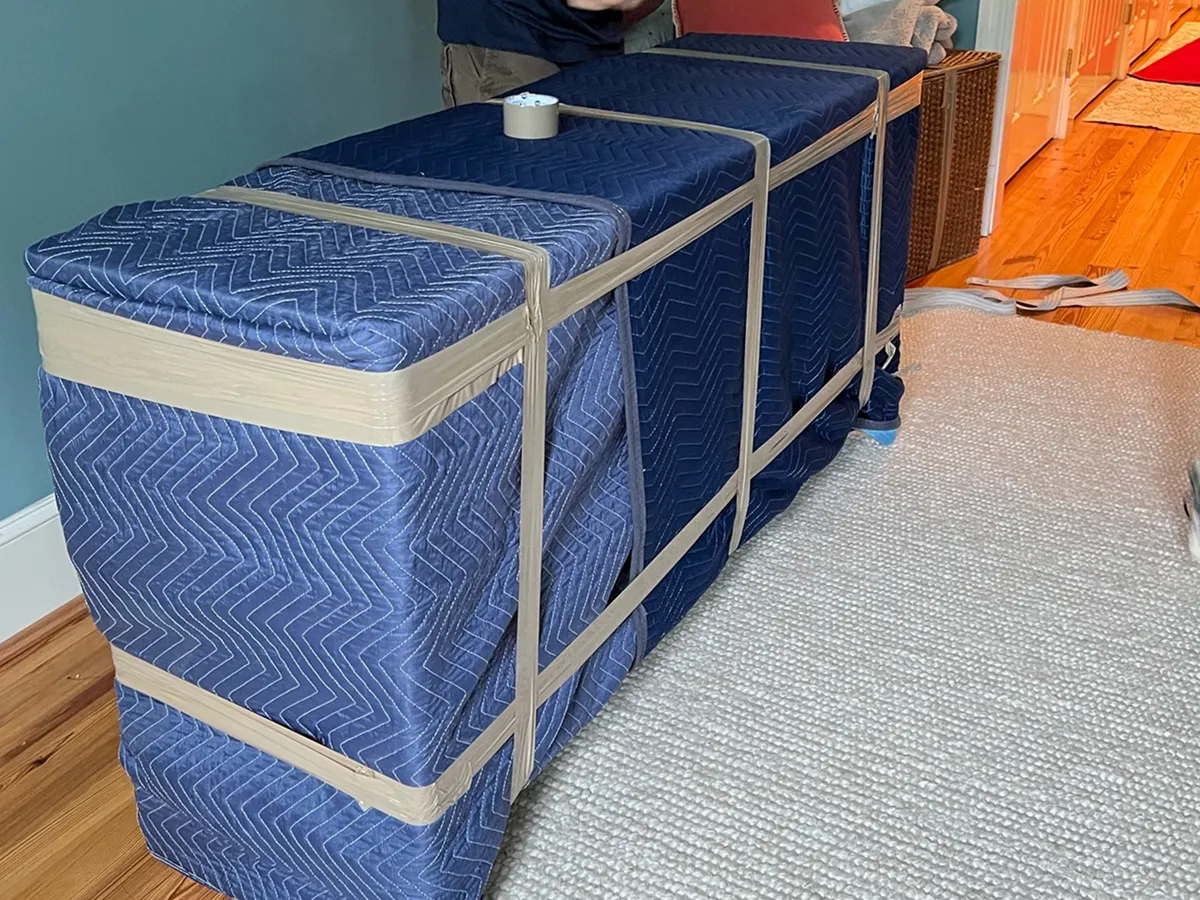
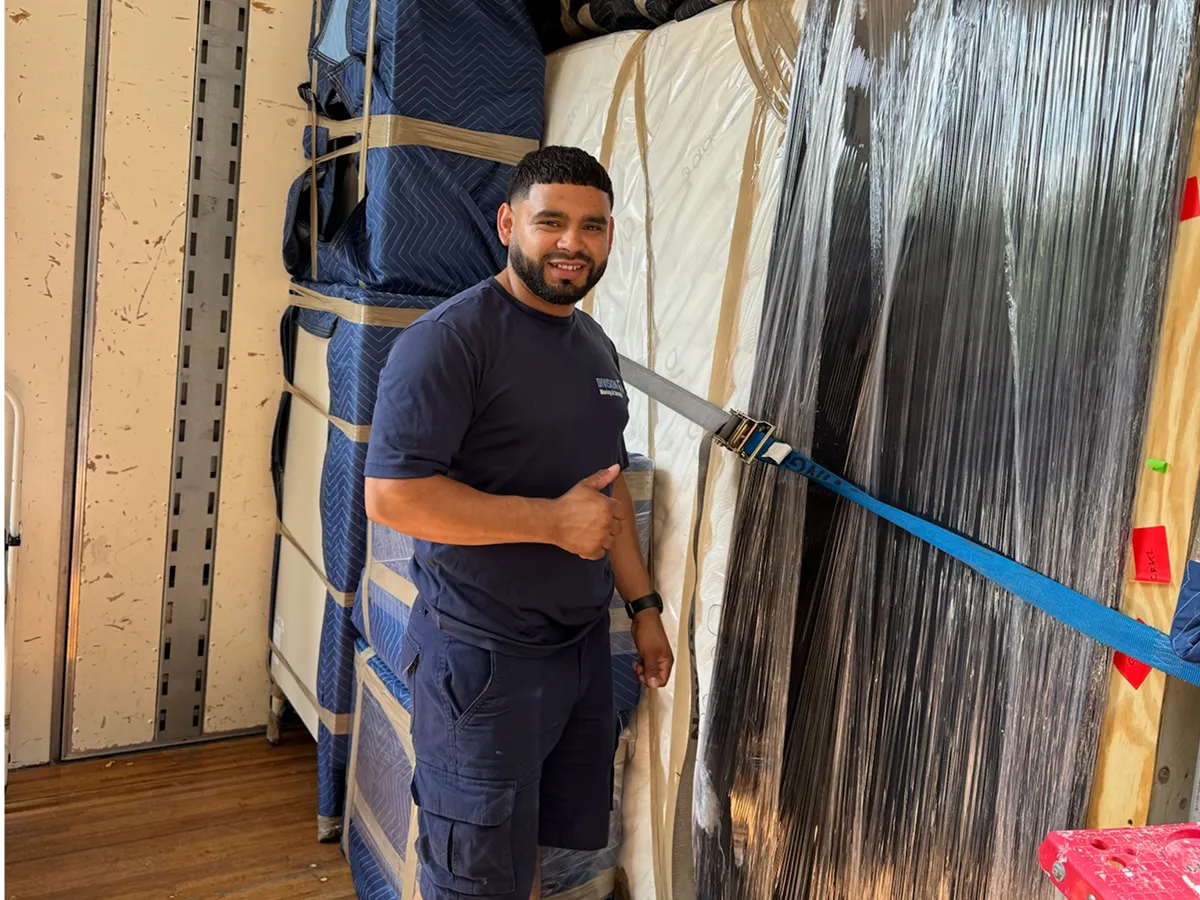



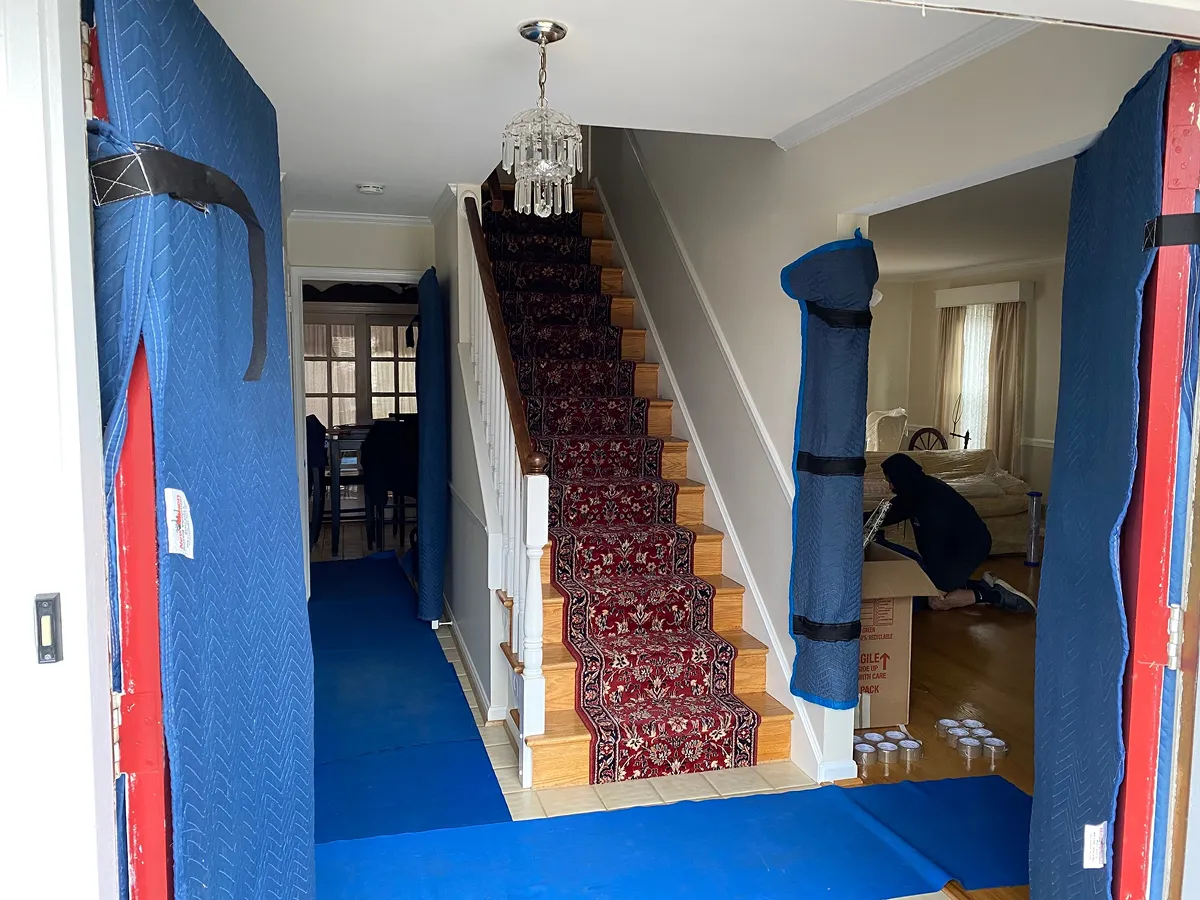
.webp)
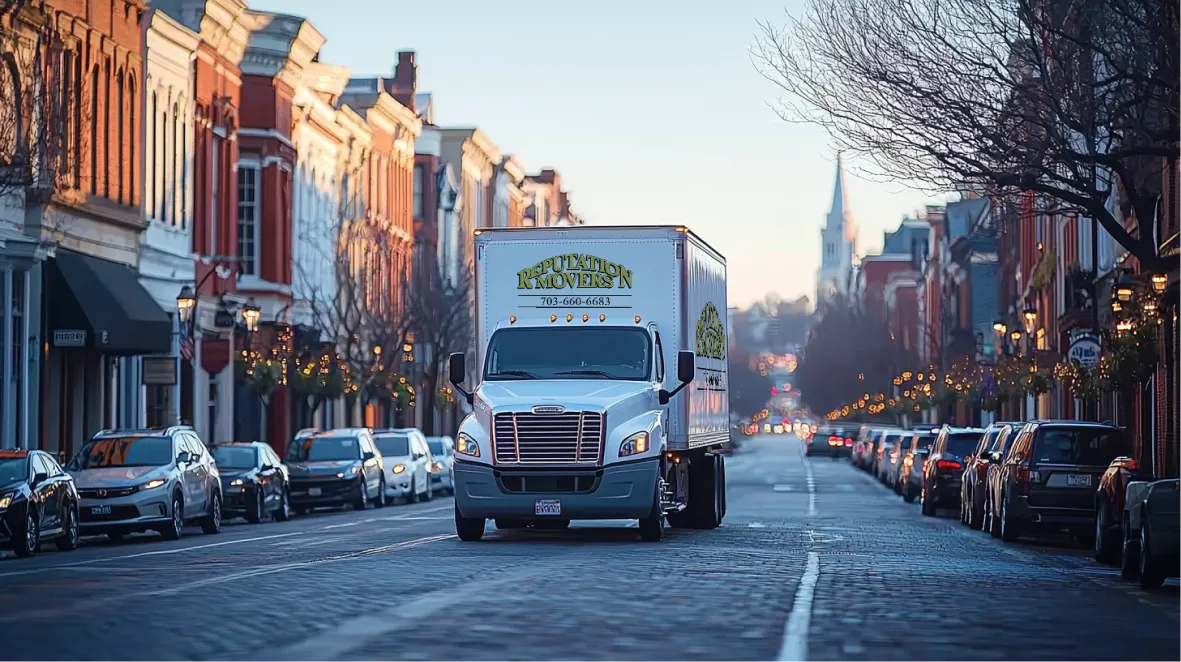
.webp)
























.png)